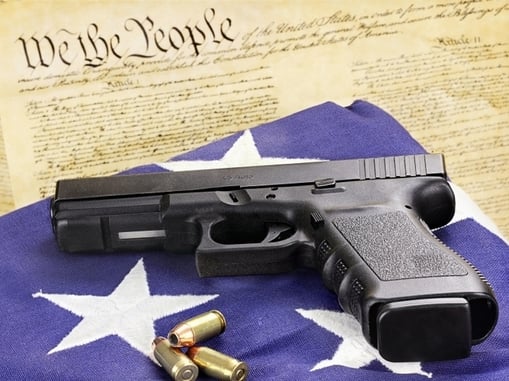By John Boch via TTAG and republished here with permission
If you want to “upgrade” your recreational plinking or competition shooting guns, have at it. Hot-selling handguns, shotguns and rifles all have a wide range of unique aftermarket parts and accessories available. However for your carry guns, the old saw about keeping it simple, stupid rings true.
Yes, a whole industry exists to help you “customize” popular guns to better serve your needs and change their appearance to fit your particular personality. Everything from major components like barrels and frames down to the smallest springs and pins. A gun owner can easily spend a thousand dollars or more making their gun distinctive.
At the same time, why would one want to leave the factory springs, barrels, and the other assorted guts of a gun intact on carry guns? Simple: Reliability.
If Gaston Glock wanted different springs in his masterpiece, he would have had people with the appropriate engineering and metallurgy degrees and experience make them. Ditto for the barrel and its feed ramp and all the rest of the internals. Everything inside a GLOCK works well as a happy family together with the other parts, producing a gun that virtually never malfunctions. That goes for other pistols from major makers like Ruger, Smith & Wesson, FN, Walther, Kahr and more.
Every stock part you swap out for an aftermarket product introduces the potential for malfunctions. While none may cause problems immediately, add those potentials together and you face a growing risk failure. And Mr. Murphy (of Murphy’s Law fame) loves to appear at the most inopportune time.
Of course, failure in a competition gun might cost you a match. In a carry gun, though, it might cost you your life or that of a loved one.
Like many, I’ve carried for a long time. Unlike most, I’ve been to a lot of schools and fired tens of thousands of rounds in training and practice. I have learned from the very best national talent including Ayoob, Farnam, Rogers, Houzenga and plenty of others. I’ve been to schools with regional instructors like Sharpe, Krupa, Sullivan and others every bit as good. At the same time, I’ve taught thousands of people, young and old, about defensive pistolcraft and seen a lot in my years.
And just like most of the instructors I’ve trained under or alongside with, I keep the modifications minimal on my carry guns.
Yes, they all get night sights. Night sights should find their way onto everyone’s self-defense handguns. And long-guns for that matter. But at the same time I acknowledge that they come at a price not everyone can afford right away.
The only other modifications on my carry pieces: GLOCKs get the factory trigger replaced with a lighter GLOCK factory trigger. Non-GLOCKs? I don’t let just anyone work on them. Tom Kilhoffer has tuned some of my revolvers. And that’s about it.
Not only that, but I am ready for any prosecutors who want to play the “hair trigger” card against me should the worst happen.
My recommendation: instead of making your carry gun into some sort of modern art masterpiece, keep it simple. Leave it stock or darn close to it aside from night sights. You’ve probably heard the old expression, “If it ain’t broke, don’t fix it.” Embrace that when it comes to the tool that can help save your life.
In short, resist the temptation to add a bunch so-called “upgrades” to your carry gun. It’s a tool, not a fashion statement. Function test it with the ammunition and magazines you plan to carry for self-defense, and when you find a combination that works flawlessly, leave things alone.
After all, it’s nice to go home to your loved ones at night.










![[VIDEO] Steven Crowder Does It Again, Showing Us How People Think While Being Uneducated On Guns](https://imagedelivery.net/sbm_lYeJbALkepJgtmRD5w/concealednation.org/2016/08/maxresdefault.jpeg/w=728,h=381)



